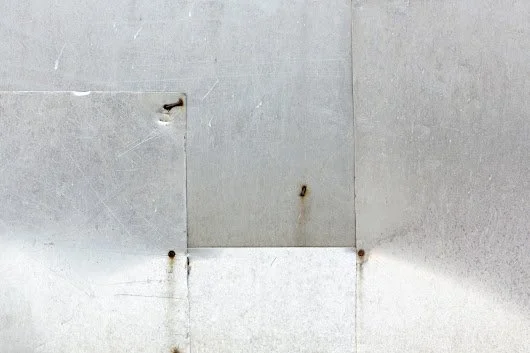Common Causes of Roof Leaks and How to Address Them
Residential and commercial roofing systems are designed to last, but even the strongest materials can be compromised. When that happens, the consequences include lost productivity, damaged equipment, and unexpected repair bills. Sometimes it’s just a drip during a rainstorm, but that small problem can point to bigger threats. Knowing what causes leaks will help you stop the damage before it spreads.
What a Roofing Contractor Looks For
Your roofing contractor will begin by checking common problems:
Flashing – Seals the joints around your vents, walls, and skylights, but it can loosen or rust with time.
Seams – Areas between roofing materials wear out or become damaged.
Rooftop Penetrations – Will deteriorate, leading to decay and leakage.
Age and Condition – It is important to inspect older roofs or those that have been patched more than once.
Dangers of Standing Water
If water pools for more than two days, it may be time for roof repair or replacement. Over time, that weakens the roof, leads to cracks, and allows water to soak into the layers underneath. This kind of ponding usually happens because of issues that are easy to miss until it’s too late.
Aging Materials Deteriorate
Even the toughest materials wear out. Sunlight, harsh temperatures, and years of use cause roofs to dry out and lose efficiency. Water can penetrate the roof after it begins cracking or shrinking. Older roofs are also more likely to have patchy repairs, which don’t always hold up.
Commercial Roof Considerations
Commercial roofs take more abuse than many you may realize. HVAC technicians, maintenance crews, and installers often walk across the surface, carry tools, or move equipment. It only takes a few rough steps or a shifted panel to cause lasting damage.
Notes on Drains and Gutters
Drainage matters, but it’s often overlooked. When drains or gutters get blocked by debris, water backs up and pools around vulnerable spots. That added weight and pressure can lift flashing or force water into the seams. In winter, ice can have a similar effect, even on commercial roofs that are otherwise in good shape.
Beware of Quick Fixes
A quick fix might stop a leak, but if it’s not done right, it won’t last. Using the wrong materials or skipping surface prep leads to patches that peel, crack, or trap moisture underneath. Instead of solving the issue, these repairs often create new weak spots. A good repair restores the system’s integrity and appearance.
Improperly Sealed Penetrations
Every time a new piece of equipment is added to the roof, it means cutting a hole known as a penetration. If it isn’t sealed properly, it becomes a direct path for leaks. Over time, weather, vibration, and thermal expansion wear down even well-installed gaskets and sealants. It only takes a tiny gap to create a major leak inside. Leaks may start small but rarely stay that way. Knowing the common causes– whether it’s flashing, foot traffic, or clogged drainage– helps you stay ahead of potential damage. Regular inspections and trusted maintenance go a long way toward keeping your roof watertight.
